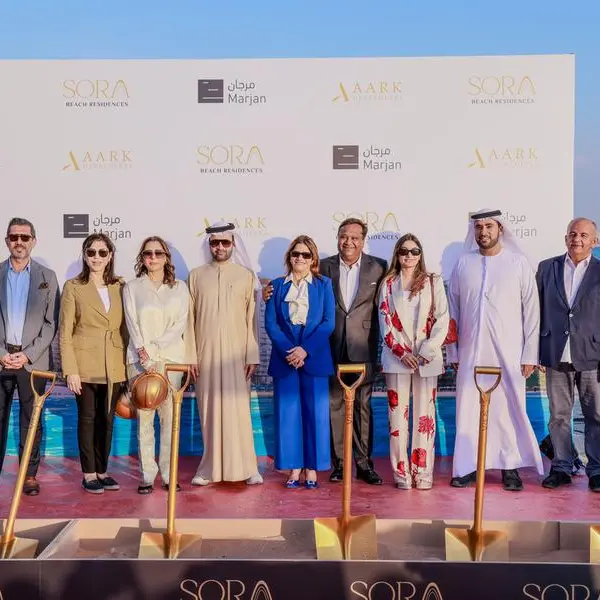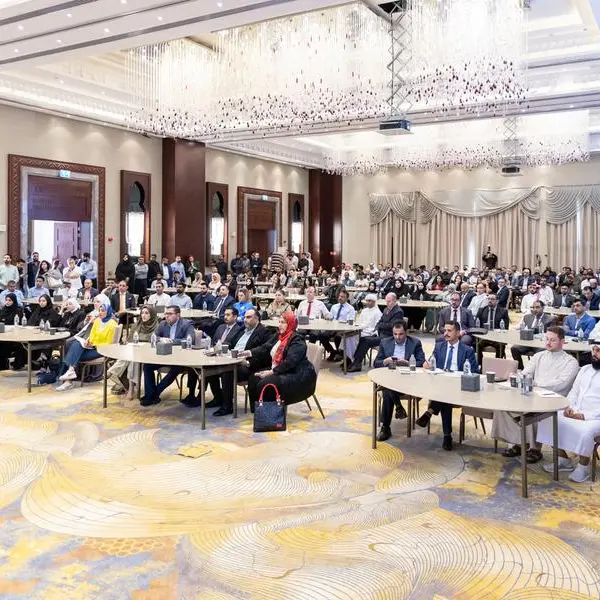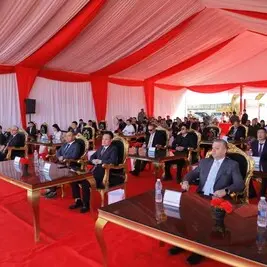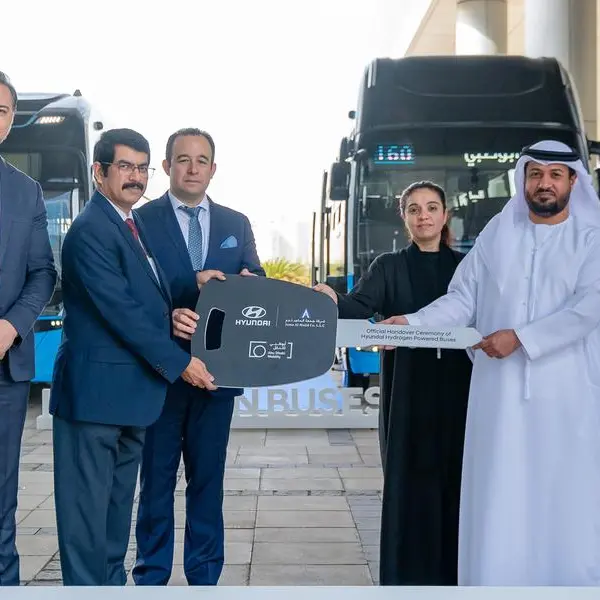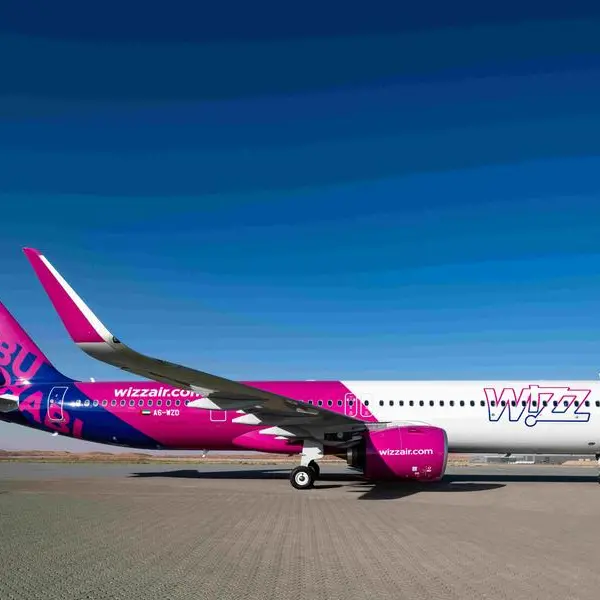
To promote urban resilience, self-sufficiency and communities’ integration in one of Kenya’s longest-standing and major refugee camps, UN-Habitat is formulating a detailed Regeneration Strategy focusing on harnessing inclusion and socio-economic opportunities for host and refugees.
This regeneration project for the Kakuma-Kalobeyei refugee camps will combine different measures to promote self-sufficiency, economic growth and environmental resilience for the host and refugee communities, laying the foundations for a sustainable future.
The project is implemented in collaboration the Turkana County Government, the United Nations High Commissioner for Refugees (UNHCR), World Food Programme (WFP) and with funding from the European Union Trust Fund (EUTF) which supports UN-Habitat’s Humanitarian Development Programmes.
The Kakuma-Kalobeyei refugee camp, located in the Turkana Country, is home to almost 200,000 refugees originating from many countries including South Sudan, Somalia and the Democratic Republic of the Congo. The regeneration project comes at a critical time in the camps’ history. In March 2021 the Government of Kenya announced its intention to close all refugee camps by June 2022.
Over the decades, however, Turkana County Government has recognised Kakuma-Kalobeyei's importance as a potential case study for integrating refugees into host communities and transforming it socially, economically, and environmentally into an economic centre of the region with adequate infrastructure.
To that end, the Turkana County Government has initiated steps to confer Kakuma-Kalobeyei its own municipality, a move that is hoped to reach fruition in 2022.
Regeneration within a refugee camp context is unique because refugee camps are traditionally expected to be temporary settlements. When refugee camps exist for over 30 years, however, as is the case for the Kakuma- Kalobeyei's Refugee camp, the settlements become inextricably tied to the immediate host community and the wider region and require more long-term and sustainable solutions.
Creating social inclusion, shared economic prosperity, physical functionality and environmental sustainability are key goals of UN-Habitat’s Flagship Programme: Inclusive and Vibrant Neighbourhoods and Communities. While regeneration encompasses different approaches and measures, in Kakuma-Kalobeyei, the settlement’s regeneration initiative began by developing a comprehensive spatial profile of the existing conditions and a 10-15-year vision report reflecting the community’s desires for the locality.
Stakeholder engagement has been crucial in reflecting the priorities of the host and refugee communities throughout the visioning process. While some differences emerged, the priorities of the host and refugee communities largely aligned. Organising and coordinating the virtual community planning group sessions was a challenge, especially as this vision needed to have a strong spatial focus.
In response to this challenge, UN Habitat used virtual whiteboards in the community planning group sessions to show maps of the different settlements so the host and refugee participants could spatially locate the challenges and opportunities they prioritised.
Consequently, the communities identified access education and vocational training opportunities as key priorities to improve their employment prospects and the need for infrastructure improvements, such as extended electricity and internet coverage, as catalysts for economic growth.
UN-Habitat is currently formulating a detailed Kakuma-Kalobeyei Regeneration Strategy in order to achieve the community’s goals of sustainable infrastructure, accessibility and connectivity, entrepreneurship and strong economy, resilient communities and efficient land management and urban governance.
The expected completion date of the regeneration strategy is early 2023, including financing and legal components and validation from government representatives and stakeholders. The projects recommended by the final regeneration strategy will be of short, medium and long-term timeframes.
Achieving this vision means capitalising on the existing opportunities of the region, be they the strong host and refugee community relationships, the young workforce potential, the economically strategic location of the settlements or the renewable energy potential of the region.
Kakuma-Kalobeyei Spatial Profile can be accessed here.
Distributed by APO Group on behalf of UN Habitat.
© Press Release 2021
Disclaimer: The contents of this press release was provided from an external third party provider. This website is not responsible for, and does not control, such external content. This content is provided on an “as is” and “as available” basis and has not been edited in any way. Neither this website nor our affiliates guarantee the accuracy of or endorse the views or opinions expressed in this press release.
The press release is provided for informational purposes only. The content does not provide tax, legal or investment advice or opinion regarding the suitability, value or profitability of any particular security, portfolio or investment strategy. Neither this website nor our affiliates shall be liable for any errors or inaccuracies in the content, or for any actions taken by you in reliance thereon. You expressly agree that your use of the information within this article is at your sole risk.
To the fullest extent permitted by applicable law, this website, its parent company, its subsidiaries, its affiliates and the respective shareholders, directors, officers, employees, agents, advertisers, content providers and licensors will not be liable (jointly or severally) to you for any direct, indirect, consequential, special, incidental, punitive or exemplary damages, including without limitation, lost profits, lost savings and lost revenues, whether in negligence, tort, contract or any other theory of liability, even if the parties have been advised of the possibility or could have foreseen any such damages.
